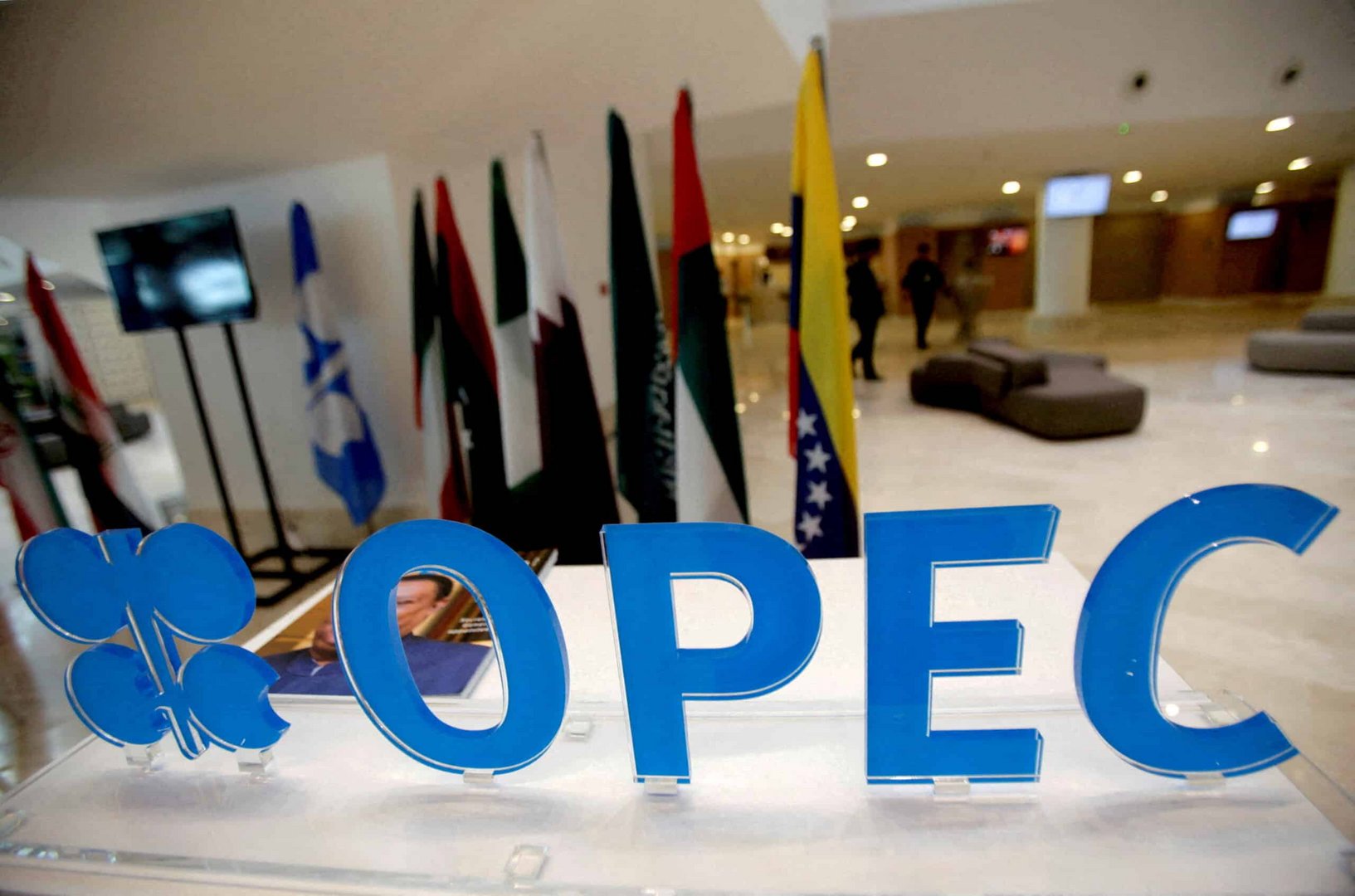As demand grows around the world, two top producers have cut output
Oil, diesel and petrol prices have only one way to go over the next few months: up. Brent crude is now over $92/barrel, a 28 per cent increase since June and it is on the way to $100+/b.
The main reason for this is that at a time when oil demand is growing worldwide, Saudi Arabia, the world’s biggest oil exporter, and Russia decided to extend their cuts in production to the end of December – Saudi by 1million barrels/day (mb/d) and Russia by 0.3mb/d.
There are indications that, if need be, Saudi Arabia may extend its 1mb/d cut to end of first quarter 2024.
According to the International Energy Agency’s (IEA) latest Oil Report, world oil demand is scaling record highs. It is being boosted by strong summer air travel, increased oil use in power generation and surging Chinese petrochemical activity. It is expected to increase by 2.2 mb/d to 102.2mb/d in 2023, with China accounting for more than 70 per cent of this growth.
The IEA said that extending these oil production cuts will result in a substantial market deficit during the fourth quarter of 2023 and well into 2024, keeping oil prices high.
The Chinese factor
China is the world’s largest crude oil importer. Despite its slower-than-expected economic growth, the country is expected to import a record amount of crude oil in 2023, mostly due to increased demand for fuel as people travel more following the dismantling of Covid-19 controls.
Analysts estimate that, even though China’s economy will grow less than previously thought this year, its 2023 GDP growth may reach 5.0 per cent, and 4.5 per cent in 2024.
Demand for foreign travel in China has reached its highest level in two years and will continue increasing, reaching full recovery by early 2024. As a result, demand for oil is expected to increase further.
Analysts estimate that China’s crude oil imports may rise to as high as 11.8mb/d this year, reversing the previous two years’ decline, and exceeding 2020’s record of 10.8mb/d.
The OPEC factor
Even though the IEA said recently that it sees a peak in oil demand this decade, this is based on hypothetical scenarios for a global energy transition consistent with Paris Agreement goals. Saudi Aramco calls this “politics”. It said that market and economic factors show oil demand rising all the way to 2050.
OPEC – that produces 40 per cent of the world’s crude oil – expects oil demand growth to carry on into 2024, rising by 2.25 mb/d. In fact, OPEC expects this to carry on rising over the next 20 years, reaching 110mb/d by 2045.
This decision by Saudi and Russia comes after the 2mb/d oil production cuts first announced by the 23-nation OPEC+ alliance in June, that at the time drew huge criticism from the US. Some OPEC+ members intend to continue these cuts to the end of 2024 – estimated to total 1.7mb/d.
Goldman Sachs expects that Saudi Arabia would remove its 1mb/d cut gradually, starting in the second quarter of 2024, but expects the 1.7mb/d cut agreed with some OPEC+ members to hold to the end of 2024.

FILE PHOTO: The OPEC logo pictured ahead of an informal meeting between members of the Organization of the Petroleum Exporting Countries (OPEC) in Algiers, Algeria, September 28, 2016. REUTERS/Ramzi Boudina/File Photo
The US shale oil factor
A recent study concluded that US shale oil and gas production is dropping “faster than expected,” with future production growth likely to be more difficult.
According to Bloomberg NEF, oil production in the US increased by 1.3mn bls/day per year during the boom period 2017-2020, but it halved to 0.6mn bls/day in 2021 and 2022. The US Energy Information Administration (EIA) estimates growth next year to be even slower, at less than 0.2mn bls/day – too low to make an impact on the combined Saudi/Russia cuts in oil production.
This slowdown is business reality, literally. After a long period between 2010 and 2020 of recovering only about 50 per cent of invested capital, following recovery from the pandemic the industry has been under increasing pressure from stakeholders and banks to make and return profits on these investments. Growth over profit is no longer acceptable. Dividends and share buybacks have now become the norm. As a result, re-investments rates have dropped dramatically.
As the FT pointed out earlier this year, investors are benefiting from this capital restraint by drillers and are “wary of making more risky bets on a sector with a bad record and an uncertain future in a decarbonising world.” Shale oil is not coming to the rescue.
With US shale production accounting for most of the non-OPEC oil supply growth, any slowdown could have wider global implications.
But the question is: would this restraint continue if oil prices remain high for a prolonged period? It remains to be seen.
And it is not just crude oil
On September 21 Russia imposed a temporary ban on gasoline, diesel and marine fuel exports to most countries to stabilise its domestic market, that saw shortages and prices of these products going up. Last week it softened these restrictions, but the ban on all types of gasoline and high-quality diesel remains in place, affecting about 1mb/d exports. The ban is indefinite and further actions will depend on Russia’s internal market. The immediate impact was a 5 per cent jump on European diesel prices.
With Russia being one of the world’s largest suppliers of diesel, this risks disrupting global fuel supplies ahead of winter and threatens to exacerbate global shortages.
Some analysts say the move may be the latest example of Russia “weaponising its energy exports in retaliation for Western sanctions.”
The export ban is to impact the price of these oil products further upwards.
Impact on the oil price
Goldman Sachs forecasts that the Brent oil price will rise to $100/b by the end of this year and possibly peak at $107/b next year. The investment bank said that growing oil demand and extended supply cuts have now pushed the market into a deficit that will allow OPEC to sustain Brent crude prices in a range between $80/b and $105/b in 2024. In other words, above Saudi Arabia’s target of not less than $80/b -required to balance its budget.
Such prices, if sustained in 2024, could have repercussions for global inflation and interest rates. They present a new “challenge for central banks as they continue their diligent efforts to bring inflation levels back in line with their desired targets.”
But the risk for OPEC+ is that prolonged higher prices could drive more investment into clean energy.
These developments will undoubtedly impact petrol, diesel and heating-oil prices significantly in Cyprus. But, also, electricity prices as thermal generation relies heavily on diesel. Prices will get worse.
Dr Charles Ellinas is Senior Fellow, Global Energy Center, Atlantic Council







Click here to change your cookie preferences